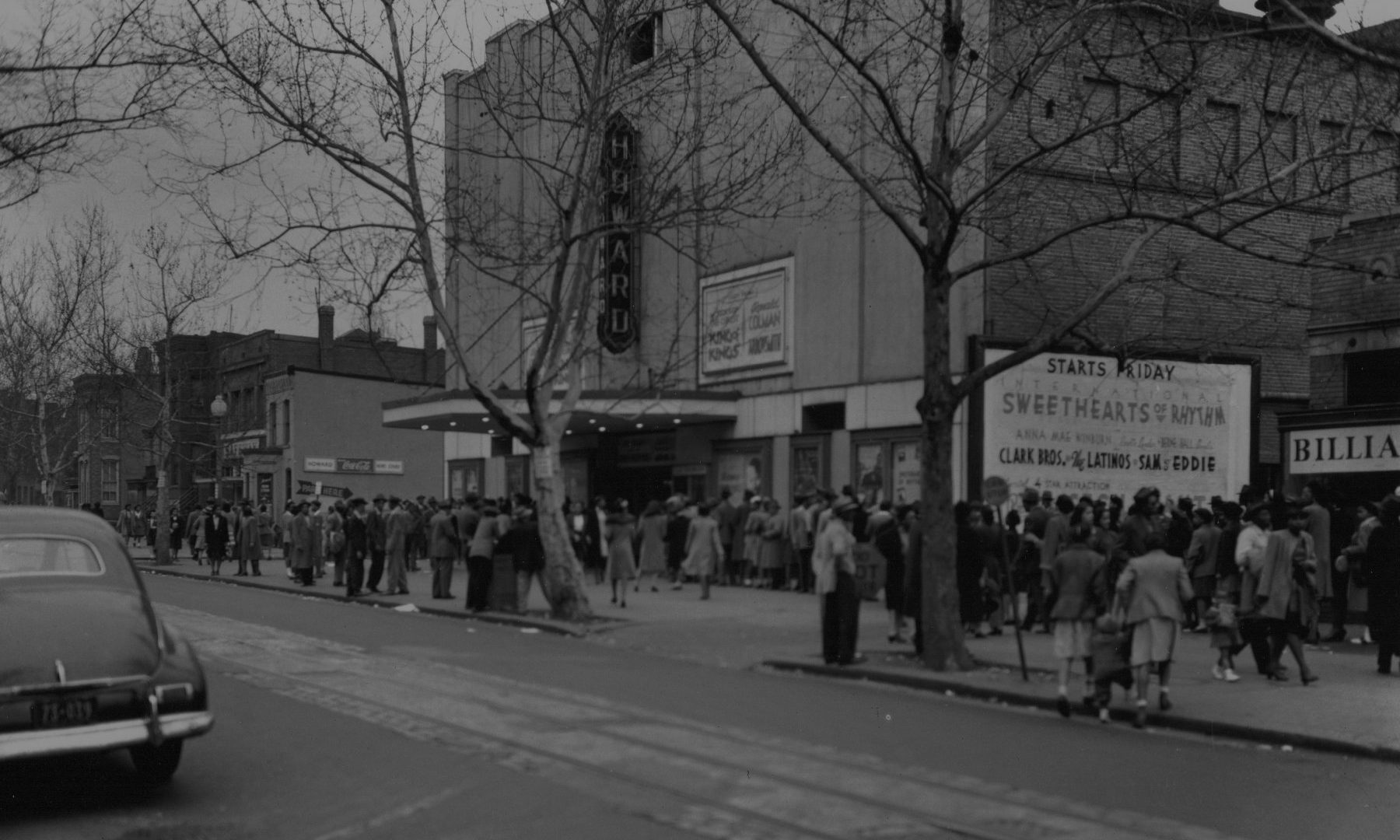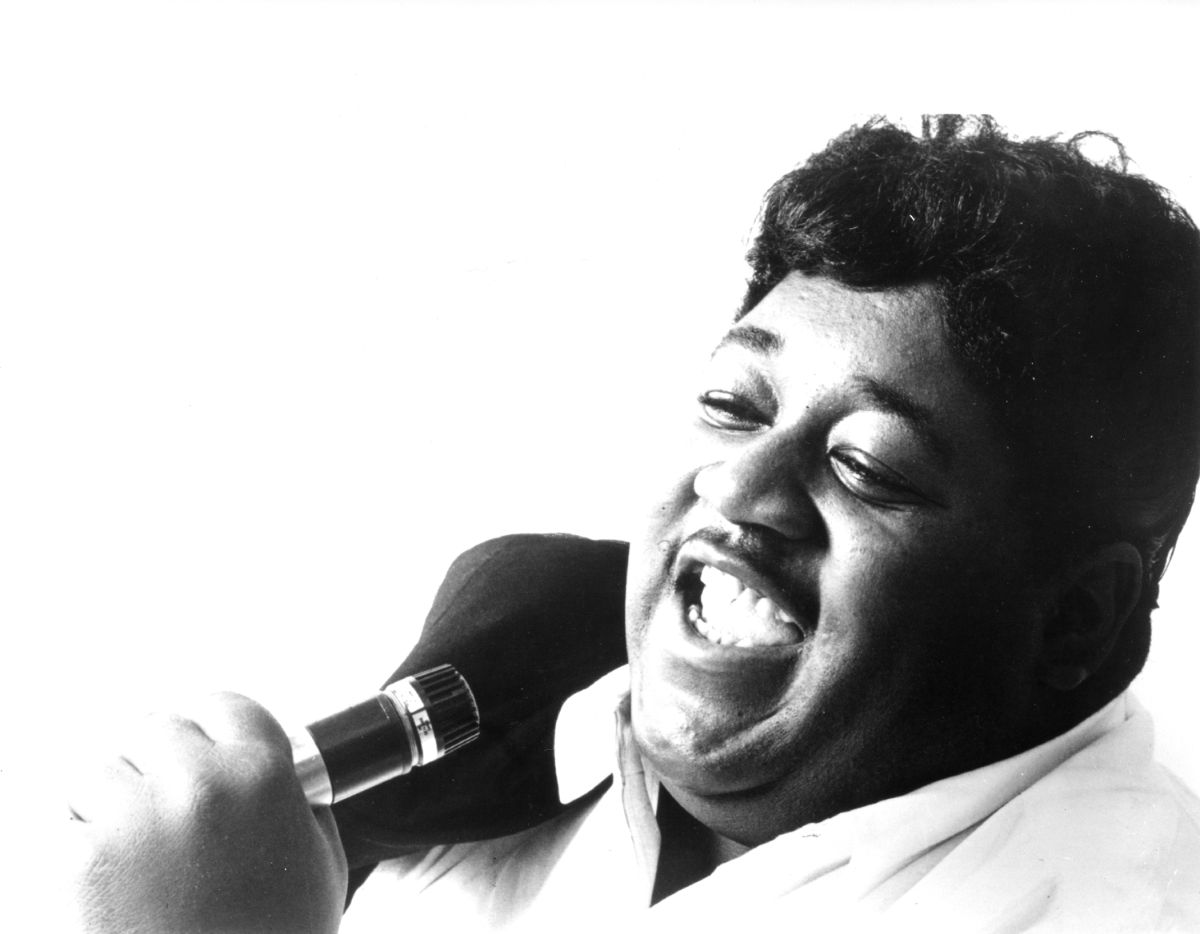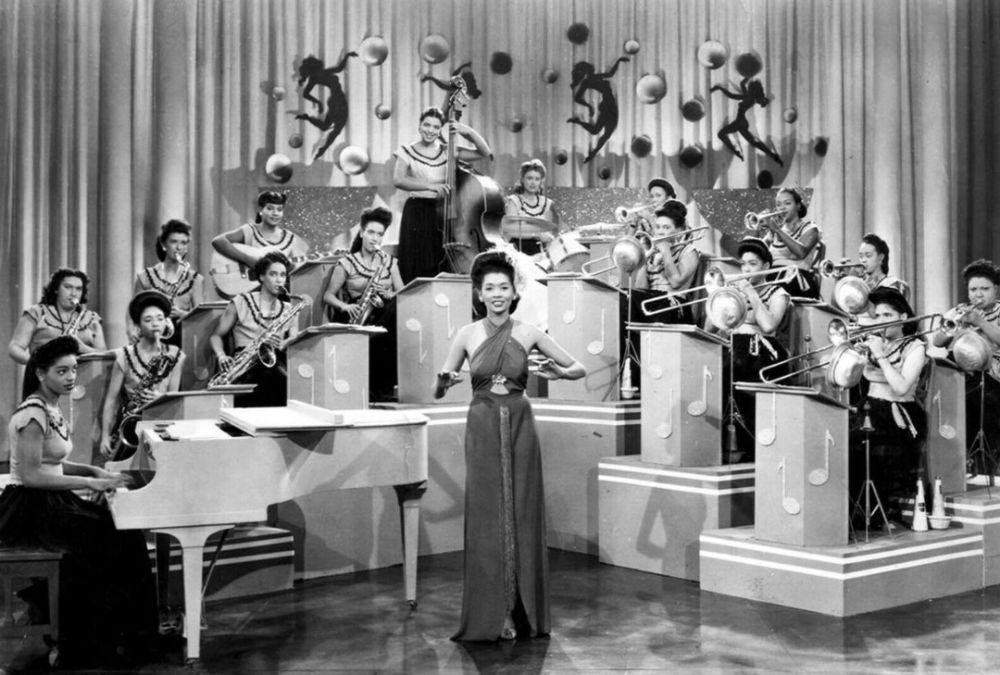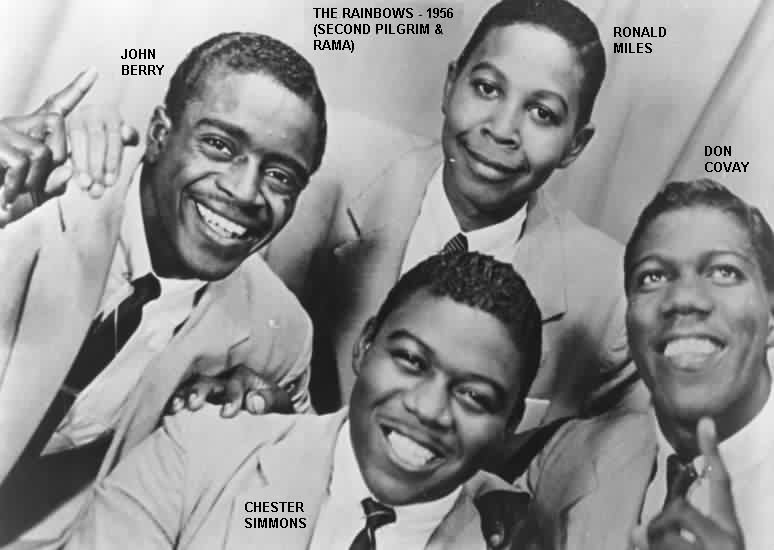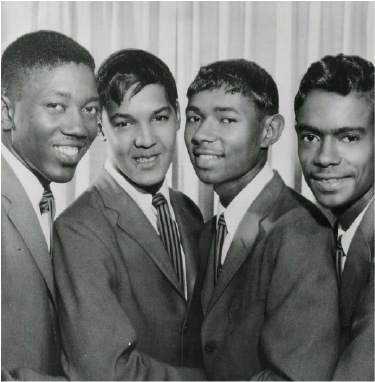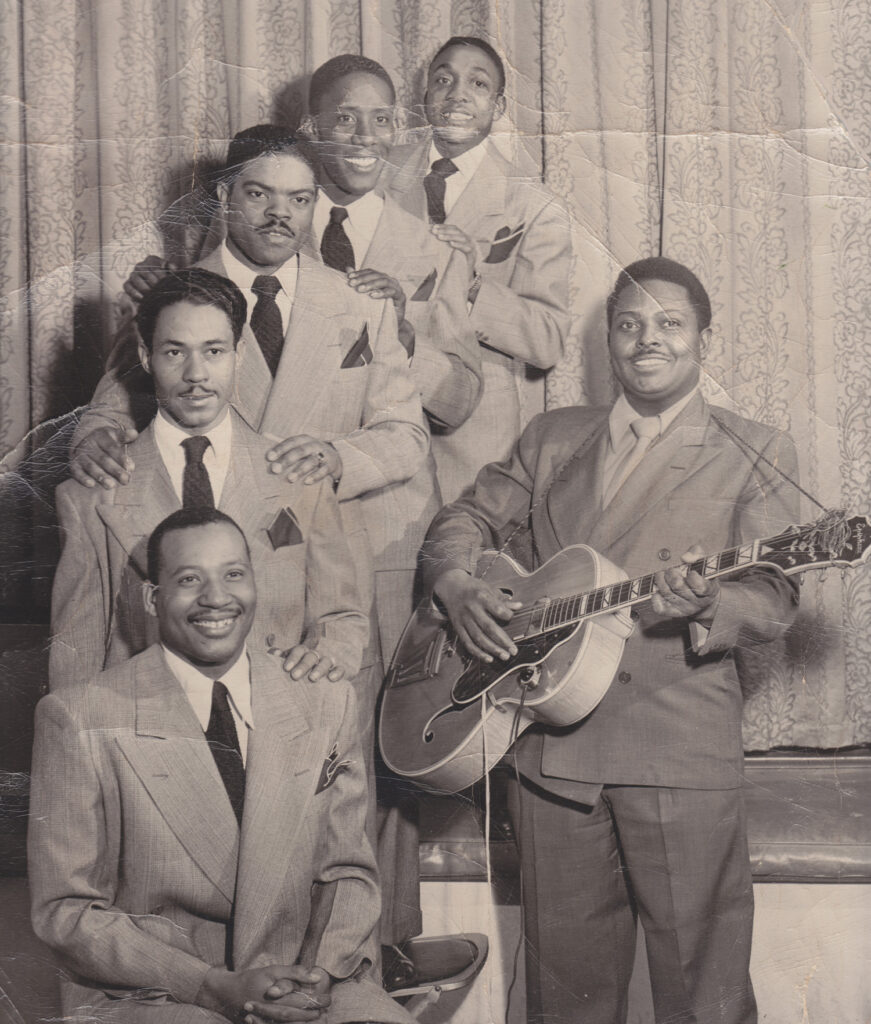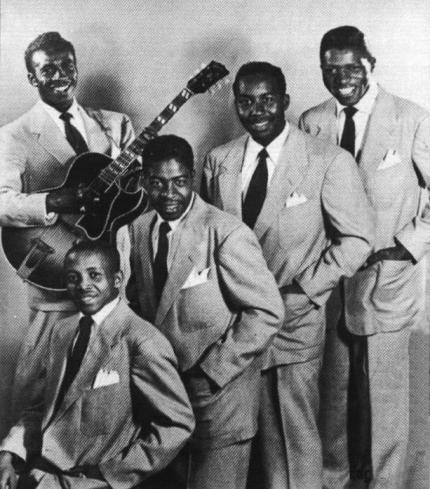Columbia relocated its headquarters from Washington to New York city by 1895. Emile Berliner who made recordings in Washington in the 1890s only captured a couple of African-American performances on disc. His Washington-based operation folded before 1900. After that date, one had to leave Washington to make a commercial recording. Opportunities for African-Americans to record in Washington basically vanished until the 1940s. Meanwhile, there are strong indications of a vibrant quartet scene in Norfolk and in Richmond through the 1920s and 1930s. During this period both The Inks Spots, and later, The Mills Brothers rose to national prominence through their network radio appearances and strong record sales. It is safe to assume there were vocal groups active in Washington during the 1930s, but naming them is problematic. The Washington edition of the Afro-American weekly newspaper noted a group called The Melodiers performed for President Franklin Roosevelt in February 1938. This might be the predecessor to a group called The Melodaires Male Quartet which recorded two popular songs for Howard C. Wicks in the fall of 1946. By then another quartet, The Progressive Four, was making a name for itself around town. In the tradition of a previous generation, this group performed both secular and religious material. In December 1947 they had their first recordings released on DC Records, a label run by the music entrepreneur Mrs. Lillian Claiborne. There were other spiritual groups recording in Washington at the time including The Sunset Harmonizers, The Willing Workers, The Starlight Harmonizers, The Harmonizing Four of Richmond, The Jordan River Boys, The Singing Crusaders, and The General Four Quartet. Some groups, including the hybrid Progressive Harmonizers, and The Progressive Four, even enjoyed live radio exposure over AM radio in Washington. Since the 1930s the world of spiritual and secular singing had been growing apart. The spiritual community rejected the possibility that one could live fully in both worlds and increasingly demanded that spiritual groups reject secular repertoire. This split many groups across the country in the coming decades. In Washington The Progressive Four lost co-lead Harmon Bethea and unsuccessfully tried to rebrand itself as The Corinthian Singers. Bethea for his part joined with a pop-oriented group called The Buddies (who never recorded) to form a new group. The Cap-Tans did indeed record. Their first records for Mrs. Claiborne’s DC Records imprint sold modestly, but their fall 1950 record of “I’m So Crazy For Love,” which Mrs. Claiborne had placed with Randy Wood and his Dot Records of Gallatin, Tennessee almost broke nationally thanks to his mail-order record business based on his ties to the clear-channel AM radio station, WLAC, out of Nashville.
THE BOOM YEARS
From the 1940's to the 1950's, there were many pop vocal group emerging from Washington’s segregated high schools. Some notable examples are The Armstrong Four, The Dunbar Five, The Phelps Playboys, The Lyles Brothers, The Rhythmeers, and The Syncopators. Even the younger kids were involved. Andy Magruder, Robert Stroud and their buddies from Francis Junior High School formed a group called The Blue Jays and pooled their spare change to make their own instantaneous records at Circle Recording Studio on Pennsylvania Avenue, NW, near Washington Circle. While the 1940's groups veered either towards an Ink Spots/Mills Brothers' sound or to Gospel jubilee and vocal jive styles, the later Washington groups strove to master vocal harmony on slow pop ballads. Two great examples are captured on The Clovers’ very first record “Yes Sir, That’s My Baby” backed with “When You Come Back To Me” released in December 1950. Buddy Bailey imitated the high tenor sound of The Inks Spots. It was not commercially successful. When the group went with Atlantic Records in early 1951, as label founder Ahmet Ertegun had famously stated, he had to teach them how to sing the blues. While they delivered the blues on the hit side “Don’t You Know I Love You,” the flip side, “Skylark,” takes them straight back to the ballad sound Washington vocal groups preferred. When The Cap-Tans and The Clovers launched into hit territory, groups started to emerge from across the city. Names include The Four Dots, The Heartbreakers, and their two successor groups The Topps, and The Warblers/Griffins. The Clefs came out of nearby Arlington, Virginia. Another Virginia-based group called The Blossoms never recorded. In the 1950's, the same fate befell the highly talented Berry Rhythm Boys and The Scholars; the latter group launched the careers of “Sir Joe” Quarterman and Sidney Peoples, who did business as El Cid in the 1970's. From 1953 onward, it was off to the races for vocal groups coming out of Washington. Two different groups of Blue Jays recorded. One became The Five Blue Notes; the other disappeared. The Serenaders never had a record released, but the group morphed into The Rainbows, perhaps Washington’s most storied vocal group. The Jets/Bachelors, The Five Nobles, The Chanteliars, The Four Bars, The Earls, The Eagles, The Dippers, The Ontarios, The Capitols, The Capitals, The Coolbreezers, The Starlighters, The Marquees, The Gales, The Halliquins, The Truetones, The Links, The King Bees, The Impalas, The Cruisers, The Emanons, and The Velps are just a small fraction of the groups active in Washington in the 1950s. The late Lawrence Berry - a vocal group coach, promoter, and mentor - once noted that there were hundreds of groups singing in Washington by the late 1950's. Every week there were several different kinds of talent contests where groups could compete. He especially remembered The Spoons of Georgetown as ferocious competitors. They did not record, but their Georgetown contemporaries, The Four Bel-Airs, did record a wonderful version of “Where Are You,” a pop standard long adopted by the D.C vocal group fraternity as standard repertoire. Even Lawrence Berry’s own group, The Velons, revisited the song in later years. While New York, Philadelphia, Chicago, and Los Angles had more hit groups than you can easily name, Baltimore had hit artists in The Orioles, The Four Fellows and The Swallows, whose success eluded Washington’s vocal groups. With the exception of The Clovers, and to a lesser extent The Eagles, no Washington vocal groups enjoyed national hit records. Yet, DC groups were the training ground for three major talents of the soul era: Billy Stewart, Don Covay, and Marvin Gaye. In the wake of their success, the vocal group scene continued in Washington through the 1960's. The Impalas became the Four Jewels and then The Jewels. This group of ladies would go on to become the most enduring of the original vocal group out of Washington. Lawrence Berry’s Velons entertained generations of fans. White groups who had joined the vocal group fraternity in the late 1950s such as The Memories (a.k.a. The Bob-O-Links) and reconstituted groups such as Harold Lucas’ branch of The Clovers and Diz Russel’s Orioles would carry Washington’s vocal group tradition well into the 1990's and beyond.


